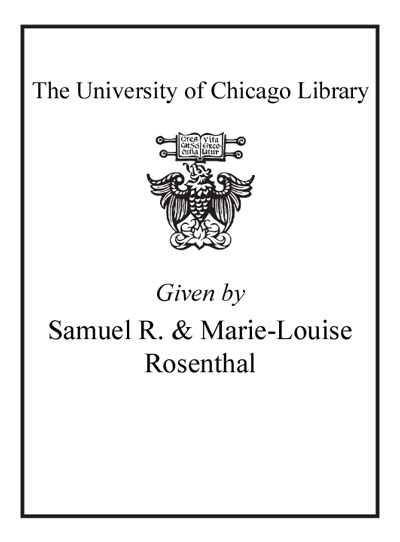| Summary: | Spanning the life of this ancient city almost from its inception in 331 BCE through its transformation into a Christian metropolis, Alexandria's monumental tombs provide the single richest source of information about the ancient city. They attest both to the diversity and the cohesion of the community, its population's wealth and love of luxury, its sense of theatricality and pomp, and its cosmopolitan attitude. Neither Greek, nor Macedonian nor Egyptian, the monumental tombs from their inception demonstrate a specifically Alexandrian response to the ceremony of death that draws upon all three cultures but answers to none. Over the more than 500 years covered in this volume, Alexandria's monumental tombs confirm the changing ethos of the city's populace, as the tombs provide the stage on which both the city's continuity and its shifting concerns are played out. They afford a visual testament to the city's art and to its social history.
|
|---|

